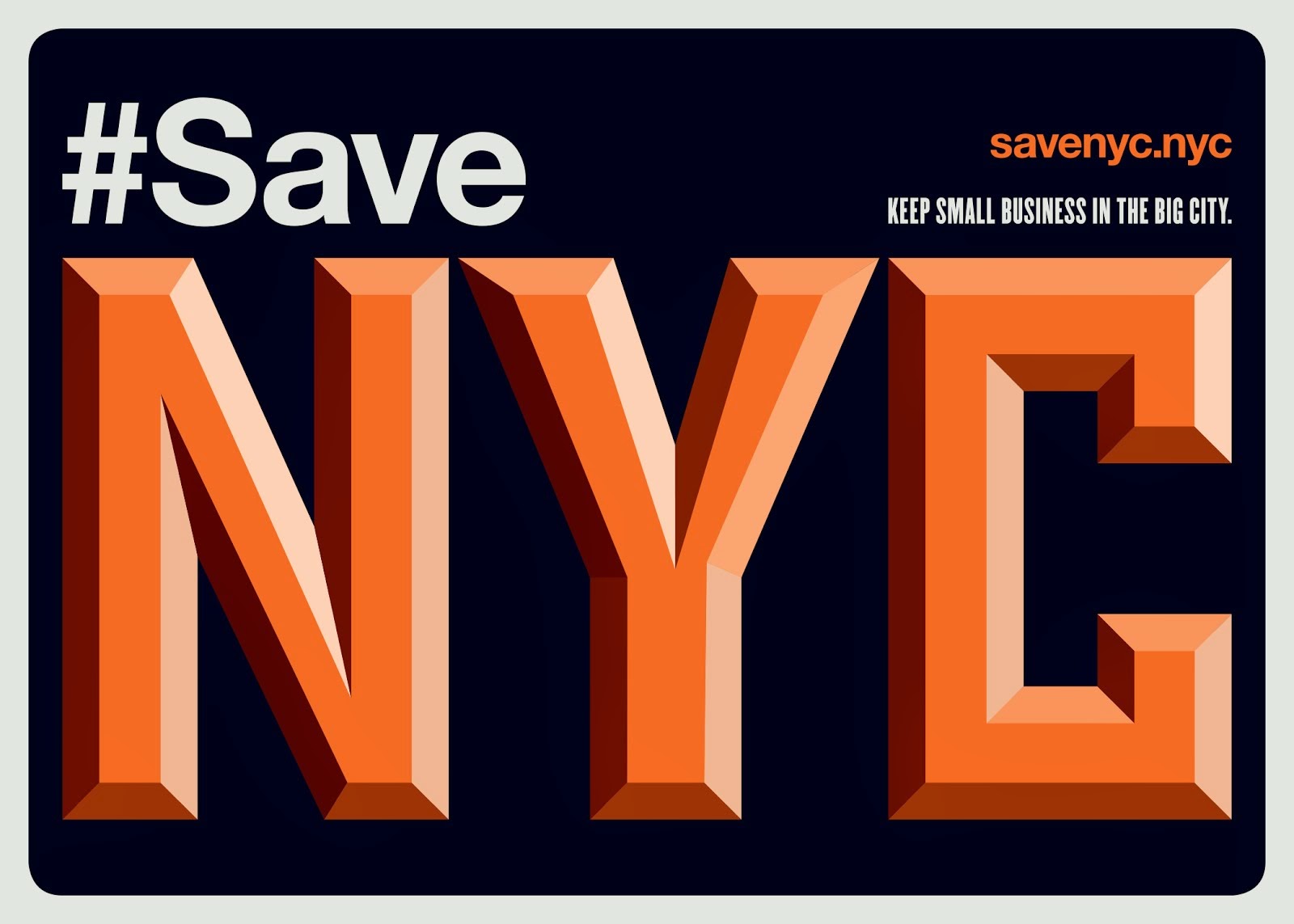Back in 2008, when they were ready to tear down 61 Fifth Avenue, I wrote here about
the building's history--originally as a Schrafft's, then the Lone Star Cafe, then a down-and-out
gallery for street art.
 Photo by: Samuel H. Gottscho, from MCNY
Photo by: Samuel H. Gottscho, from MCNY
Now, the MCNY digital collection offers an
array of amazing interior shots of 61 Fifth when it was a Schrafft's. And it was a beauty.
You entered through a revolving door to a long cocktail bar on your left and a glass case of cookies and pastries on your right, heaped with floral arrangements, gift baskets, and boxes of chocolates.
 Photo by: Samuel H. Gottscho, from MCNY
Photo by: Samuel H. Gottscho, from MCNY
Ahead, the dining tables draped with white linens surrounded a grand staircase that swooped upward, framed with glistening
art-moderne banisters, and burst through a semi-circular opening in the ceiling where second-story diners perched.
Critic Lewis Mumford hated the place. In 1938 he scrutinized this Schrafft's "screwy" curved front, calling it "the new cliche and it will soon belong in the done-to-death department." He goes on to say that
the building is "a pretty sorry mishmash" with "ill-assorted windows" and a "crazy little balcony." He liked the interior better, but not enough to say anything good about it.
 Photo by: Samuel H. Gottscho, from MCNY
Photo by: Samuel H. Gottscho, from MCNY
These photos were taken in 1938. By 1969, this Schrafft's was a scene for salad-eating staff members from
Women's Wear Daily, New School faculty, and "the loftmen of 14th Street," according to a wonderful description of the place in
New York Magazine. At twilight,
the dinner hour is filled with "L.O.L.'s"--that didn't mean laughter in 1969, but "Little Old Ladies"--"in wrappy turbans and veiled pouf hats, sherbety pastel and watercolor print dresses. They sit in a row, carving little individual loaves of raisin bread and hoisting Manhattans." (
Really, read the whole review.)
This Schrafft's also had its own sex symbol, according to the article, a man who looked like Monty Woolley and dressed in "wheat-colored linen suits."
Monty Woolley? They're talking about this dapper fella:

Up the stairs, with the
Women's Wear Daily salad munchers, the walls were painted with floral murals and scenes from the 1890s--ladies walking little dogs, men in top hats. I imagine, at this Schrafft's, no matter what you ordered or how little you spent, you felt elegant.
 Photo by: Samuel H. Gottscho, from MCNY
Photo by: Samuel H. Gottscho, from MCNY
According to a 1972 advertisement, you could be a businessman eating steak and drinking gigantic martinis, or a secretary worrying about money and nibbling on a cheap burger special. But, by and large, Schrafft's was a place that women liked. William Grimes writes in
Appetite City,
"it was the official dining spot for New York women of a certain class." This woman was depicted in
New Yorker cartoons as "a plump uptown matron wearing a tiny outlandish hat."
 from New York Magazine
from New York Magazine
The women in Mary McCarthy's
The Group go to Schrafft's, and so do Rona Jaffe's female characters in
The Best of Everything--those working girls lunched daily at the place,
eating "tomato surprise" and drinking strawberry soda. Some men liked Schrafft's--perhaps "confirmed bachelors" like Mr. Woolley, and W.H. Auden, too. He wrote a poem about it, entitled
"In Schrafft's." Says Auden of the Schrafft's woman:
"Having finished the Blue-plate Special
And reached the coffee stage,
Stirring her cup she sat,
A somewhat shapeless figure
Of indeterminate age
In an undistinguished hat..."
By the late 1960s, Schrafft's was trying to dump its L.O.L. image. They
hired Andy Warhol to make one groovy commercial about an ice-cream sundae and in another featured "a trio of shapely girls attired in miniskirts" with the tagline
"Have you seen the little old ladies in Schrafft's lately?"
But it was what it was. And by the 1980s it was gone.

























































